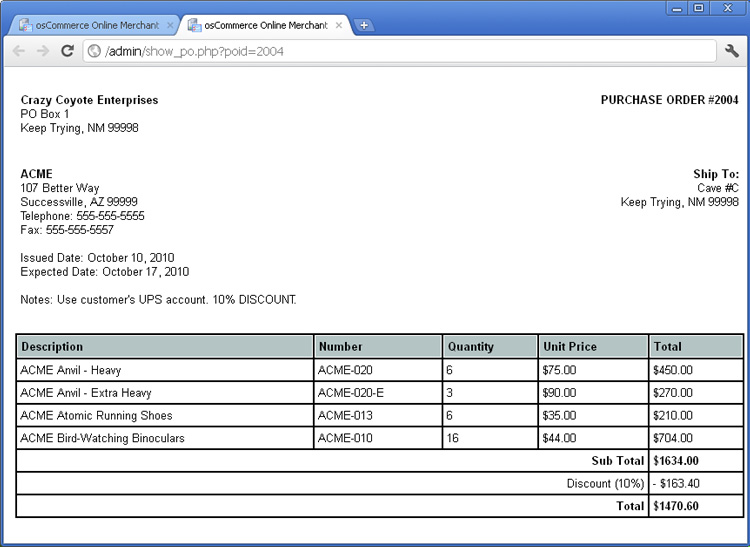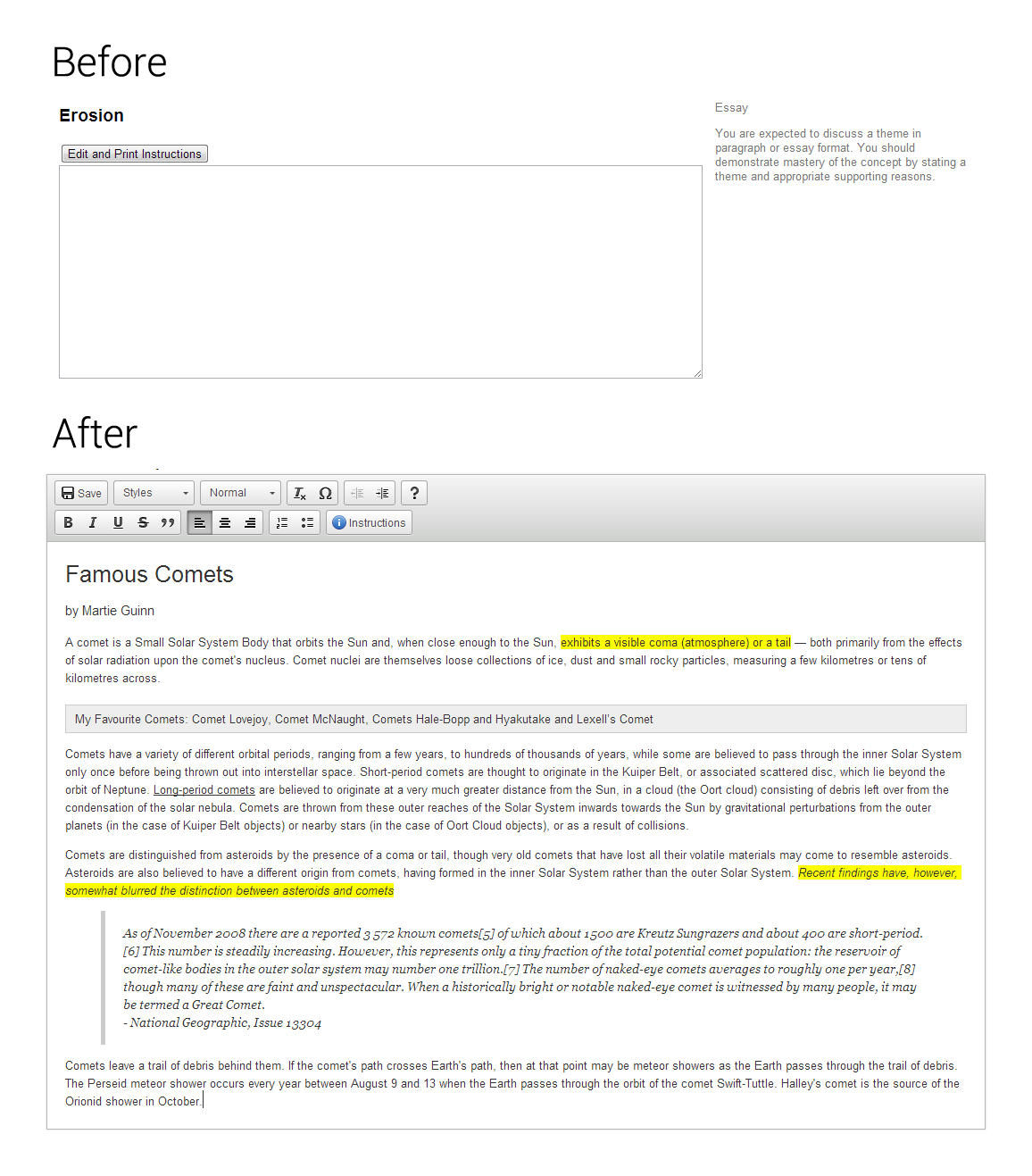CCR5 Is a Therapeutic Target for Recovery after Stroke and.
CCR5 is expressed by macrophages, T-cells and dendritic cells. CCR5 used as a co-receptor for HIV to enter in to the target cells and CCR5 plays a role in HIV pathogenesis (88). CCR5 binding.The London patient has been in HIV-1 remission for 30 months with no detectable replication-competent virus in blood, CSF, intestinal tissue, or lymphoid tissue. Donor chimerism has been maintained at 99% in peripheral T cells. We propose that these findings represent HIV-1 cure.CCR5 delta32 is a natural genotype, conferring resistance to CCR5 using HIV-1 strains. Gene therapy research targeting this mutant has been conducted for HIV infection treatment. A Berlin patient.
G protein-coupled receptors which mediate a large variety of different cellular effects have always been a field of significant interest for pharmaceutical research. Since it was shown that the chemokine receptors CXCR4 and CCR5 act as essential co-receptors for HIV-1 entry the interest in understanding the regulation of cell surface expression of these specific GPCR increased even more. The.The same genetic defect used to cure two men of HIV was the target of unethical edits made by He Jiankui to produce the Crispr babies. New research on CCR5 suggests eliminating it in adults could.

AJPH is dedicated to publication of original work in research, research methods, and program evaluation in the field of public health. The Journal also regularly publishes editorials and commentaries and serves as a forum for health policy analysis. AIDS Publishing the very latest ground breaking research on HIV and AIDS. Read by all the top.











